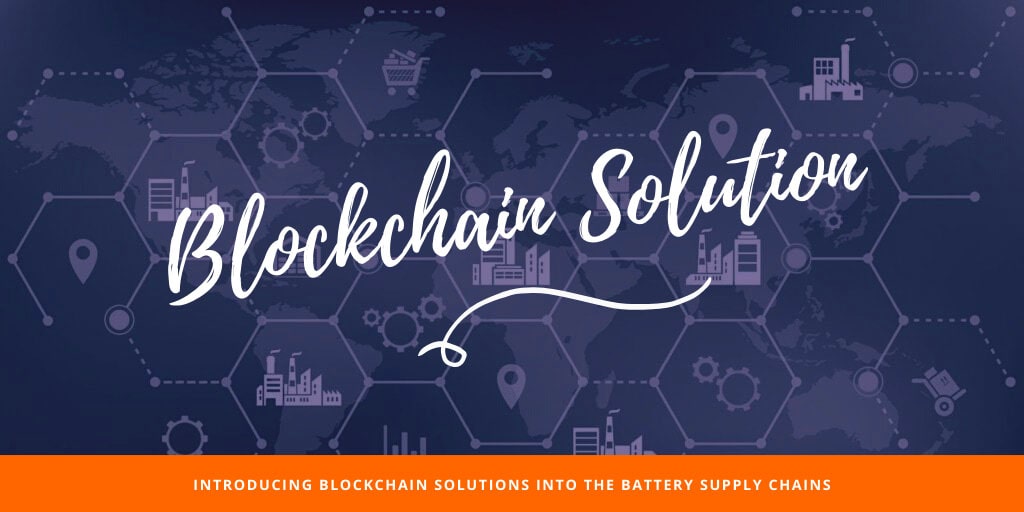For end-users, it is difficult to understand the supply chain and know where the materials that enter battery supply chains are coming or going. Having an overall view on the supply chain is important to understand the impacts that the sourcing, processing and manufacture of the productions on the environment and humanitarian.
Moving past the initial hype of blockchain and into the phase of practical implementation, the benefits are to be foreseen. One of the benefits is in supply chains. Various people play a role in physical supply chains and these people keep their own records. The fact that they keep records tends to create inefficiencies and security issues. By applying blockchain technologies, all the records can be stored in a single unit, reducing corruption risks and simplifying business processes. Traceability in supply chains has become a focus in investor and stakeholder expectations around responsible sourcing.
The diamond industry has gained success using blockchain for the provenance of minerals with a system called Tracr from the De Beers group. Once a diamond is mined, a digital version of is created and traced from its origin at the mine to the end customer. Diamonds are easy to trace as a rough stone will generally produce only two cut refined diamonds. The metals that are used in batteries change state more often than diamonds and are traded in much larger quantities.
A public blockchain is available to everyone and often concerns are raised regarding data security and privacy. This challenge is managed through the concept of secure one-way hashes The purpose of the hash is to allow for private documents to be publicly verified. Every document generates its own identifying value which is made publicly available. The hash doesn’t contain a greater value to an external human viewer but an auditor possesses the original document can verify that hash is genuine or not. The document flow in a battery material supply chain is a little complicated. This is because many documents are depended on the proper completion of other documents along the chain. Blockchain manages such complex document flow as all relationships between the documents are publicly verifiable. In case a document gets missing or corrupted, the blockchain immediately notifies.
By applying the blockchain technology to supply chains, any stakeholder that needs visibility into the documents and process is given supply chain can be given immediate and incorruptible access to the truth of the life cycle of any materials, mitigating the risks of poor disclosures.
Transparency means trust and it’s the most important function of introducing blockchain into the battery materials supply chain. This is a reason for investing in blockchain solutions. The metal supply chain industry along with technology needs to be worked with blockchain’s digital disruptions.
[su_button url=”https://www.pv-magazine.com/2020/07/04/the-weekend-read-adding-blockchain-to-battery-supply-chains/” target=”_blank” background=”#254379″ color=”#ffffff” center=”yes” icon=”icon: chain” rel=”nofollow”]Read More[/su_button]


